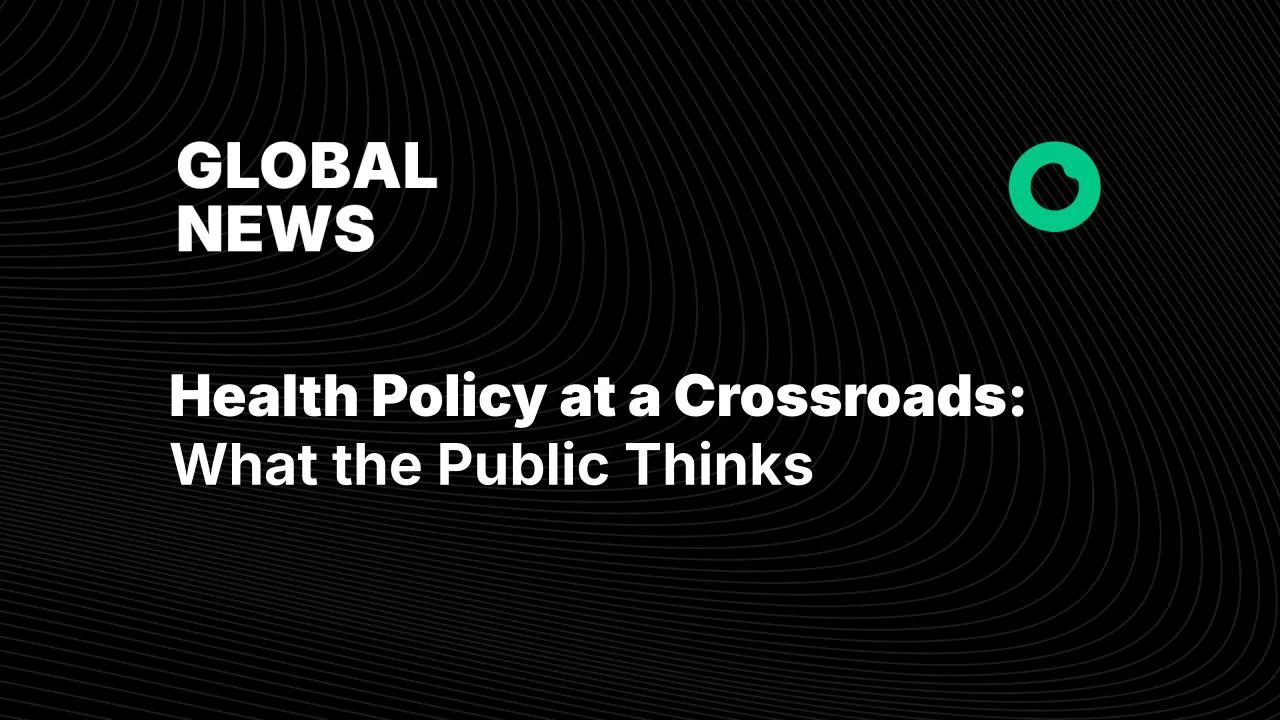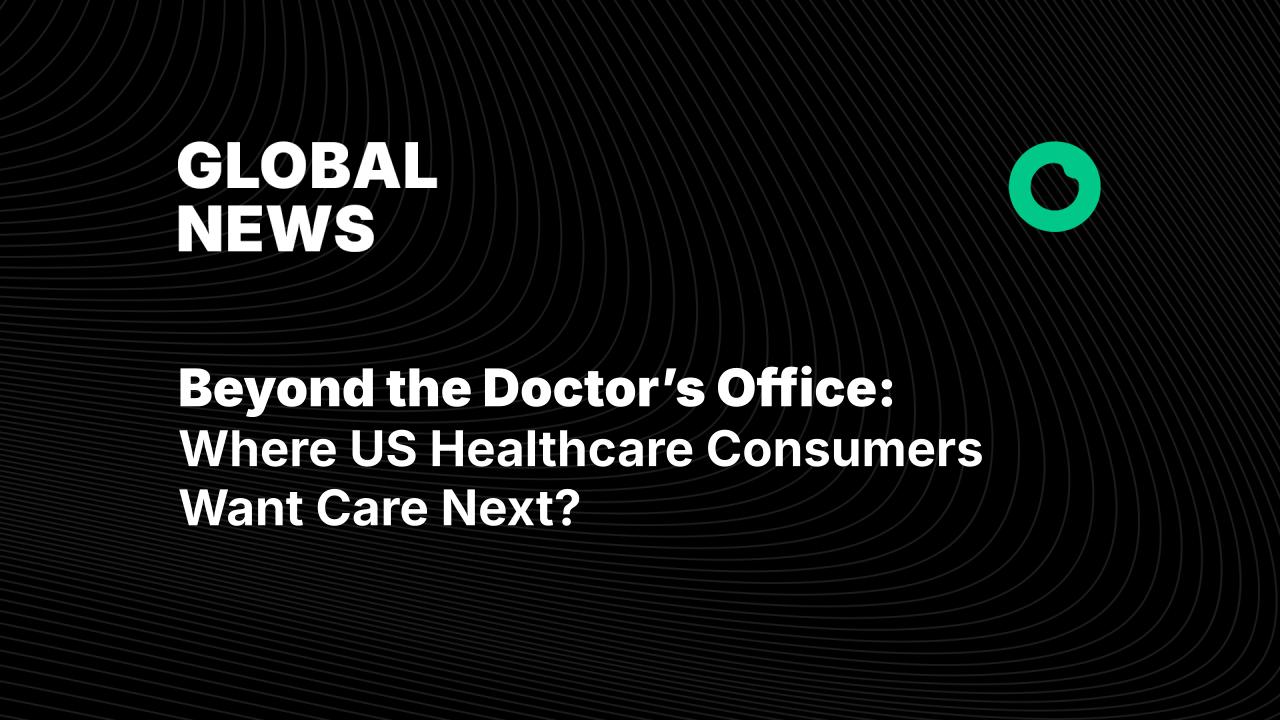PwC’s latest US Healthcare Consumers Insight Survey lands with a simple message: patients aren’t passively waiting for reform—they’re already changing how, where, and why they seek care. From preventive priorities to app-powered self-management and retail/virtual settings, consumers are nudging the system toward something more convenient, connected, and personal.
“Consumers aren’t waiting for the healthcare system to evolve—they’re driving the change themselves.”
Who was surveyed—and why it matters
The findings come from a nationally weighted online survey of 4,030 US adults fielded June 27–July 9, 2025. That sample size and timing make the results a current, broad pulse check on expectations shaping care decisions and loyalty. Fieldwork was conducted between June 27 and July 9, 2025.
Prevention over “sick care,” with tech as the on-ramp
Sixty-five percent of consumers say they want a system built around prevention, not treatment—a decisive tilt away from episodic, acute-event medicine. Seven in ten already use health technology monthly (wearables, apps, portals) and expect to adopt tools like AI-assisted personalized plans and genomic screening within five years. That’s not a niche; it’s a mainstream expectation for proactive, data-supported living.
“Seven in ten consumers already use health technology monthly.”

Public Opinion on Health Policy at a Crossroads
Where care happens is changing—fast
The physician office remains the default today (72% received care there in the past year), but aspiration is different: only 34% say they’d ideally choose the doctor’s office going forward. Consumers are pulling care toward virtual visits, at-home services, and retail clinics that blend convenience with lower friction. “Only 34% say they would ideally like to receive care at a doctor’s office in the future.”
The #1 pain point: fragmentation
If consumers are to take charge, their health data must move with them. Yet only 26% say it’s “very easy” to see their medical records across providers or systems. Interoperability isn’t a nice-to-have; it’s now table stakes for trust, engagement, and adherence.
“Fragmentation is the number one pain point for consumers.”
Cost anxiety and a sense that the system is broken
Affordability worries cut across income and coverage. A majority (51%) say the healthcare system is fundamentally broken. Many believe access depends on income or status (58%), and among the uninsured that figure jumps to 71%. More than half of uninsured consumers report a current health need they’re not addressing due to cost (53% vs. 31% overall).
The human load: caregivers and clinician strain
Nearly one-third of Americans (32%) identify as caregivers, often coordinating across multiple providers and benefit rules—exactly the scenario that punishes fragmentation. Patients also notice when clinicians are rushed, distracted, or exhausted, which erodes confidence and adherence.
Trust still starts with clinicians—but payers must improve the relationship
When people look for health information and navigation help, payers place behind doctors, the internet, pharmacists, and family/friends. That’s a strategic gap for plans seeking to steer members to preventive services, high-value networks, and price-transparent options. It’s also a call for clinicians and payers to align on education and outreach so patients act earlier—not only when a problem becomes urgent.
“Payers rank fifth among the five main healthcare information sources.”
Personalization, AI, and willingness to pay (selectively)
Consumers will pay more for offerings that feel tailored and supportive: at least one in five are willing to spend extra for personalized treatment (28%), continuous monitoring (22%), or unified digital platforms (19%). Interest in next-gen tools is broad—across income levels—with notable curiosity about genomic screening (54%), AI-assisted diagnosis (46%), and personalized medications (57%). Many are especially comfortable with AI in administrative/triage roles that free clinicians for human-to-human care, and about ~13% would pay a premium for AI-orchestrated post-visit support.
“Consumers are most comfortable with AI handling administrative and triage tasks.”
The affordability backdrop: medical cost growth isn’t easing
These consumer expectations are surfacing as costs remain elevated. PwC projects commercial medical cost trend in 2026 at 8.5% for the Group market and 7.5% for the Individual market—matching 2025 levels—with pharmacy spend rising sharply in 2024 and behavioral health utilization climbing. That math keeps household anxiety high and intensifies pressure on payers and providers to deliver value and predictability.
Four moves for leaders—clinicians and administrators alike
PwC frames four imperatives that translate directly to frontline strategy:
- Unhook growth from real estate. Shift capital from buildings to scalable, digital-first platforms and at-home/retail models; design for “care anywhere,” not “care onsite.”
- Build the connected ecosystem. Make it truly easy for patients to see and share records, schedule, pay, and message across settings; prioritize open APIs and FHIR-based interoperability.
- Target high-opportunity segments. Caregivers, chronic-condition households, and multigenerational families place a premium on tools that reduce coordination pain—think remote monitoring, unified apps, and AI navigation.
- Democratize access. Price, design, and deploy innovations so lower-income patients can adopt them, not just concierge users.
What this means on Monday morning
- For clinicians: Lean into prevention conversations and shared digital tools patients already use (wearables, portals). If your patients can’t see their data or reach you asynchronously, they’ll find a channel that lets them.
- For care teams: Standardize post-visit touchpoints (texts, app nudges, nurse follow-ups) to reduce missed steps and readmissions; this is where patients say AI-enabled orchestration feels helpful, not intrusive.
- For payers and health systems: Focus digital investment on behavior change (closing gaps, channeling to high-value care, simple copays) and on interoperability that reduces rework and patient frustration.
- For everyone: Connect affordability to action—transparent, predictable pricing and benefits that reward prevention will meet the moment patients are already creating.
“Consumers want preventive care, personalization and digital-first access.”
Bottom line
Consumers aren’t waiting for permission to change healthcare. They’re choosing prevention over “sick care,” adopting digital tools that fit daily life, and steering toward virtual, retail, and at-home options that respect time and budgets. The organizations that thrive will be the ones that connect the experience end to end—linking records across settings, coordinating follow-ups automatically, and making it easy to schedule, message, and pay without repeating the same story at every door.
That means investing less in square footage and more in seamless data flow, clear navigation for caregivers, and transparent prices that don’t require a decoder ring. It also means using AI where it removes friction—triage, reminders, documentation—so clinicians can focus on judgment, empathy, and outcomes. Healthcare is moving toward a model that is proactive, personalized, and accessible; those who build for that reality will earn trust and loyalty, and those who don’t will watch it migrate to the providers and platforms that make care simple, connected, and affordable.
